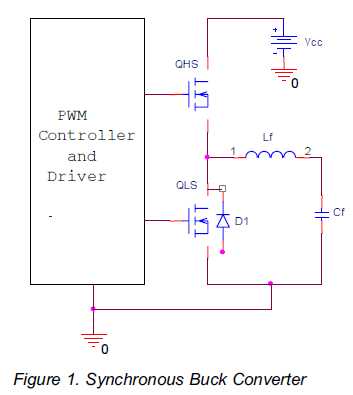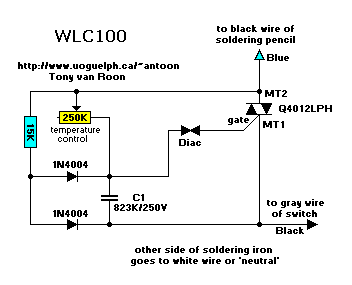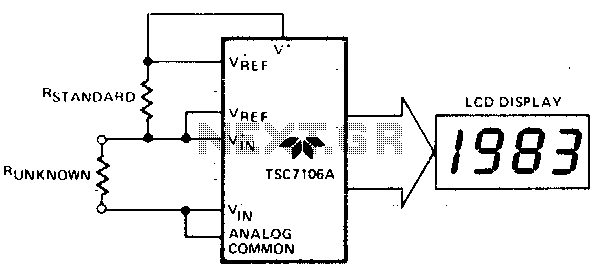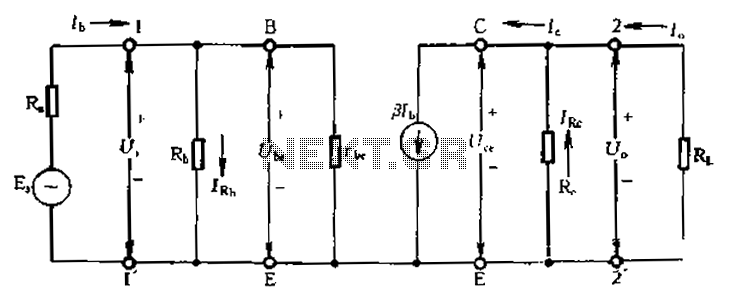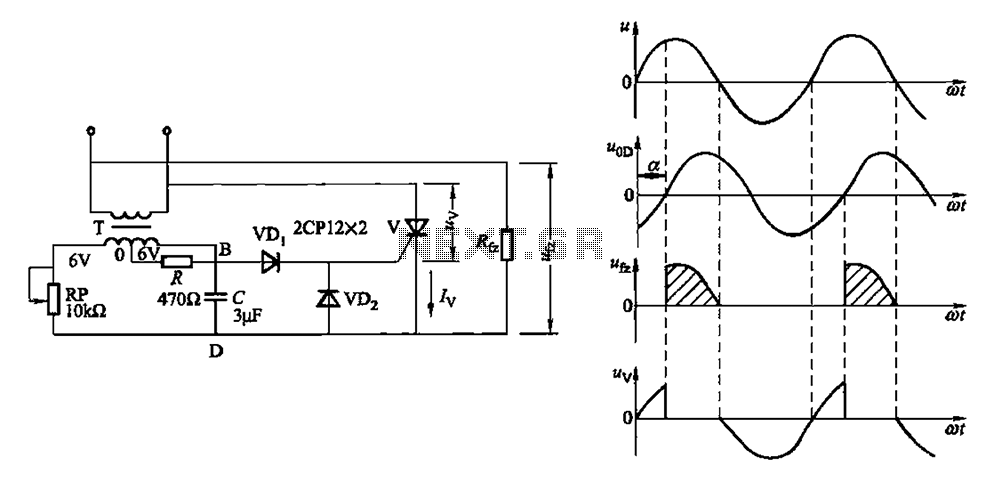
resistance soldering circuitry

None of this triggering circuitry is exactly what is desired, but it will provide a starting point in the right direction.
The triggering circuitry mentioned serves as a foundational element for various electronic applications, particularly in the realm of signal processing and control systems. Such circuits are essential for initiating actions based on specific input signals, which can be derived from sensors, switches, or other electronic components.
A typical triggering circuit may include components such as transistors, operational amplifiers, and resistors to create a reliable response to input signals. For instance, a simple transistor-based trigger circuit can be designed using an NPN transistor that switches on when a certain voltage threshold is reached. This can be achieved by connecting a resistor to the base of the transistor, which controls the current flow and thus the switching behavior of the circuit.
In more advanced applications, integrating operational amplifiers allows for greater sensitivity and control over the triggering conditions. An op-amp can be configured as a comparator, where it compares the input voltage against a reference voltage. When the input exceeds this reference, the output changes state, effectively triggering the desired action.
In conclusion, while the initial triggering circuitry may not meet all specifications, it lays the groundwork for further development and refinement. By selecting appropriate components and configurations, it is possible to enhance the functionality and reliability of the triggering mechanism to suit specific project requirements.None of this triggering circuitry is quite what you want, but it`ll get you started in the right direction .. 🔗 External reference
The triggering circuitry mentioned serves as a foundational element for various electronic applications, particularly in the realm of signal processing and control systems. Such circuits are essential for initiating actions based on specific input signals, which can be derived from sensors, switches, or other electronic components.
A typical triggering circuit may include components such as transistors, operational amplifiers, and resistors to create a reliable response to input signals. For instance, a simple transistor-based trigger circuit can be designed using an NPN transistor that switches on when a certain voltage threshold is reached. This can be achieved by connecting a resistor to the base of the transistor, which controls the current flow and thus the switching behavior of the circuit.
In more advanced applications, integrating operational amplifiers allows for greater sensitivity and control over the triggering conditions. An op-amp can be configured as a comparator, where it compares the input voltage against a reference voltage. When the input exceeds this reference, the output changes state, effectively triggering the desired action.
In conclusion, while the initial triggering circuitry may not meet all specifications, it lays the groundwork for further development and refinement. By selecting appropriate components and configurations, it is possible to enhance the functionality and reliability of the triggering mechanism to suit specific project requirements.None of this triggering circuitry is quite what you want, but it`ll get you started in the right direction .. 🔗 External reference
Warning: include(partials/cookie-banner.php): Failed to open stream: Permission denied in /var/www/html/nextgr/view-circuit.php on line 713
Warning: include(): Failed opening 'partials/cookie-banner.php' for inclusion (include_path='.:/usr/share/php') in /var/www/html/nextgr/view-circuit.php on line 713
